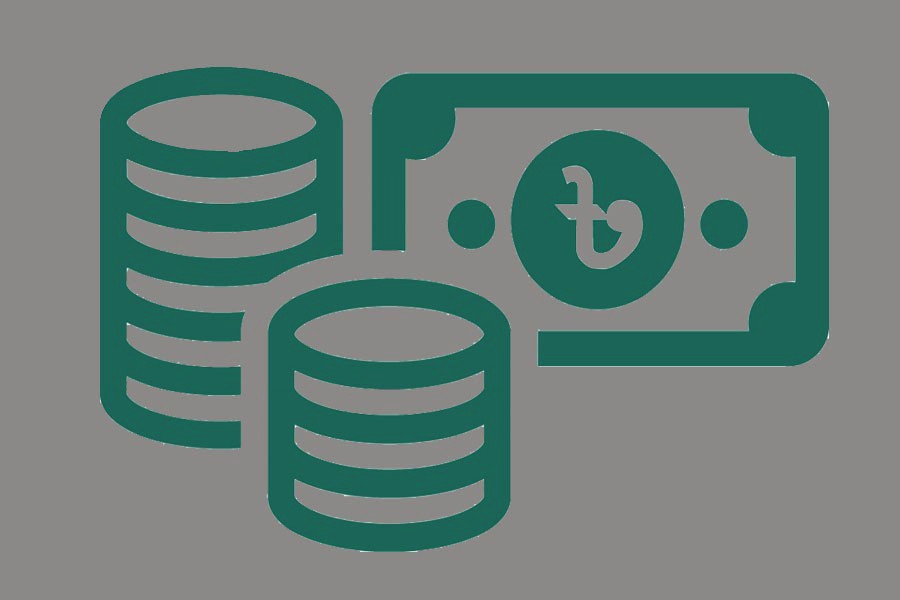Nine banks including state lenders suffered a total capital shortfall of over Tk 190.63 billion in the third quarter (Q3) of this calendar year as growing classified loans sapped their profits.
The banks-four state-owned commercial banks (SoCBs) and three of private commercial banks and two specialised banks-were put on the list of capital shortfall, according to the central bank officials.
A leading state bank was excluded from the list of capital-deficient banks during the July-September period of 2018, which helped improve the overall capital shortfall of the banks.
The overall capital shortage of six SoCBs came down to Tk 67.77 billion in Q3 of this calendar year from Tk 139.48 billion three months ago, according to the central bank's latest statistics.
The shortfall was Tk 118.76 billion in Q1 of the current year (2018).
In the Q2, 10 banks were suffering from the capital shortfall worth nearly Tk 251.43 billion.
"We've given regulatory forbearance to a top state bank so that it can show its capital position during the period under review," a senior official of the Bangladesh Bank (BB) told the FE on Thursday.
Such support will help the SoCB improve its image in the global market, the central banker said.
However, the capital shortfall of two specialised banks stood at Tk 88.74 billion in the Q3 from Tk 86.54 billion in Q2. It was Tk 87.60 billion as on March 31 this year.
"The banks had set aside more money from their capital for maintaining provisioning requirements against their classified loans," another BB official said, explaining the capital shortages.
The overall shortfall in provisioning against loans in the country's banking system swelled by over 20 per cent to Tk 81.27 billion as on September 30 from Tk 67.67 billion nine months ago.
The shortfall was Tk 79.80 billion as on June 30 this year.
Meanwhile, the overall capital-to-risk weighted-asset ratio (CRAR) of all the banks operating in Bangladesh rose to 10.89 per cent in the Q3 from 10.00 per cent three months earlier. It was 10.11 per cent in the Q1.
All PCBs' CRAR was found, on average, 12.23 per cent on September 30 last while the CRAR of nine foreign commercial banks stood at 26.74 per cent.
"The capital position of public banks is still a matter of serious concern," the BB official said, explaining the overall situation of the public banks.
The CRAR of six SoCBs stood at 6.06 per cent as on September 30 this year while the CRAR of two SBs was in the negative territory at 31.99 per cent, the BB data showed.
The central banker expressed the hope that the overall capital situation will improve in the final quarter of this year when the amount of classified loans may decline.
The amount of non-performing loans (NPLs) rose by nearly 34 per cent or Tk 250.67 billion to Tk 993.70 billion as on September 30, from Tk 743.03 billion as on December 31, 2017, the BB data showed.
Bangladesh started implementing the Basel-III standard for calculation of CRAR of all banks in Q1 of 2015 for consolidating stability in the banking sector.
Under a roadmap to comply with the Basel-III, the banks will have to maintain 11.875 per cent CRAR by the end of 2018. In 2019, it will hit the desired level of 12.50 per cent
Basel-III is a new global regulatory standard on banks' capital adequacy and liquidity as agreed by the members of the Basel Committee on Banking Supervision.
The third of the Basel Accords was developed in response to the deficiencies in financial regulation revealed by the financial crisis during the late 2000s.
The Basel-III is set to strengthen bank capital requirements and introduce new regulatory requirements on bank liquidity and bank leverage.


